When the first chill of winter sets in, one of the most enchanting sights is a snow flurry. The delicate dance of tiny snowflakes falling gently from the sky can evoke feelings of wonder, tranquility, and nostalgia. A snow flurry is a common but captivating winter weather event that brings with it a fleeting moment of beauty, signaling the arrival of winter in many parts of the world. Whether you are standing outside and watching the snowflakes swirl around you, or you are cozy indoors as a snow flurry paints the world white, this natural occurrence has a certain magic to it.
In this article, we will explore what exactly a snow flurry is, the science behind it, how it differs from other types of snow events, and the impact it can have on the environment and daily life. From its meteorological definition to its cultural significance, the snow flurry is more than just a weather event—it’s a symbol of winter’s charm.
What is a Snow Flurry?
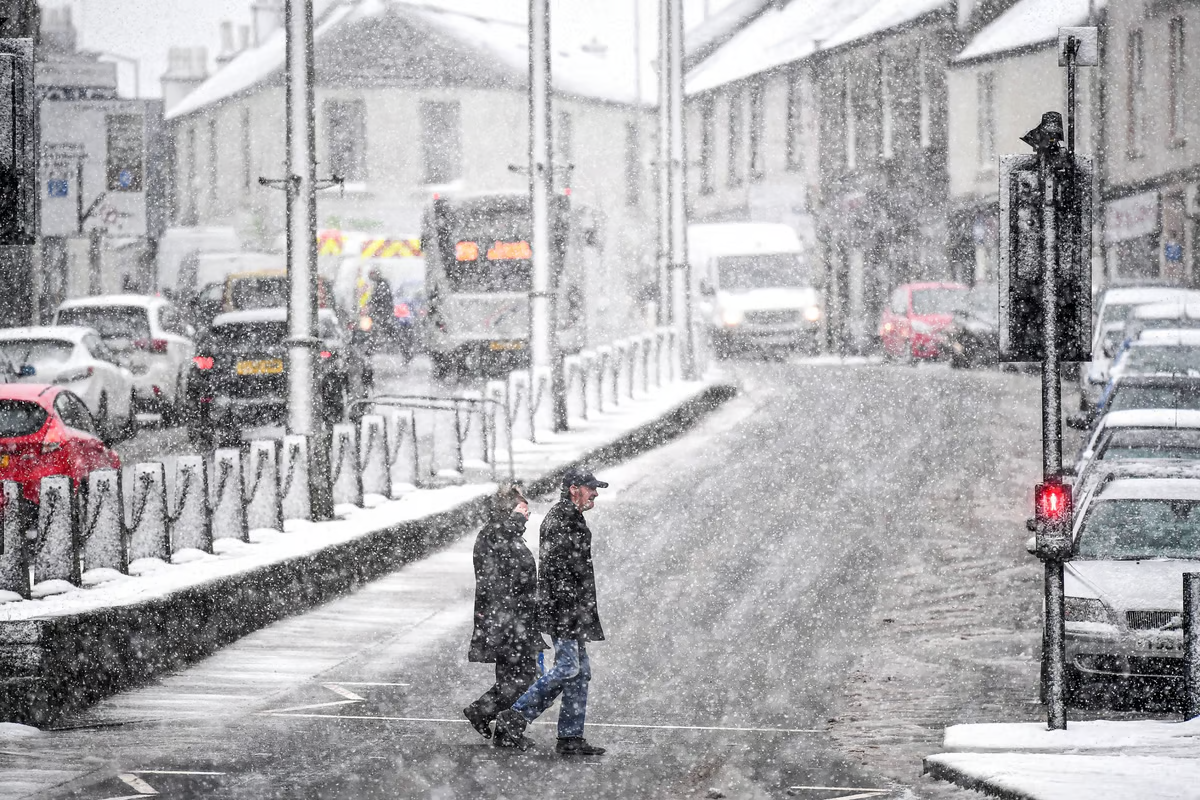
A snow flurry is a weather phenomenon characterized by light snowfall that typically lasts for a short period of time. Unlike heavy snowstorms, which bring substantial accumulation of snow and may cause significant disruptions, snow flurries are generally mild and brief. They often appear suddenly and leave behind only a light dusting of snow. Snow flurries are usually associated with cold air and strong winds that carry the snowflakes through the atmosphere, but they do not result in large amounts of snow accumulation on the ground.
The main distinction between a snow flurry and other types of snowfall is its intensity and duration. Flurries are typically lighter and less persistent, lasting anywhere from a few minutes to a couple of hours. Snow flurries are not accompanied by the heavy snowfall or blizzard conditions that other snow events might bring, but they still contribute to the beauty and atmosphere of winter.
The Science Behind a Snow Flurry
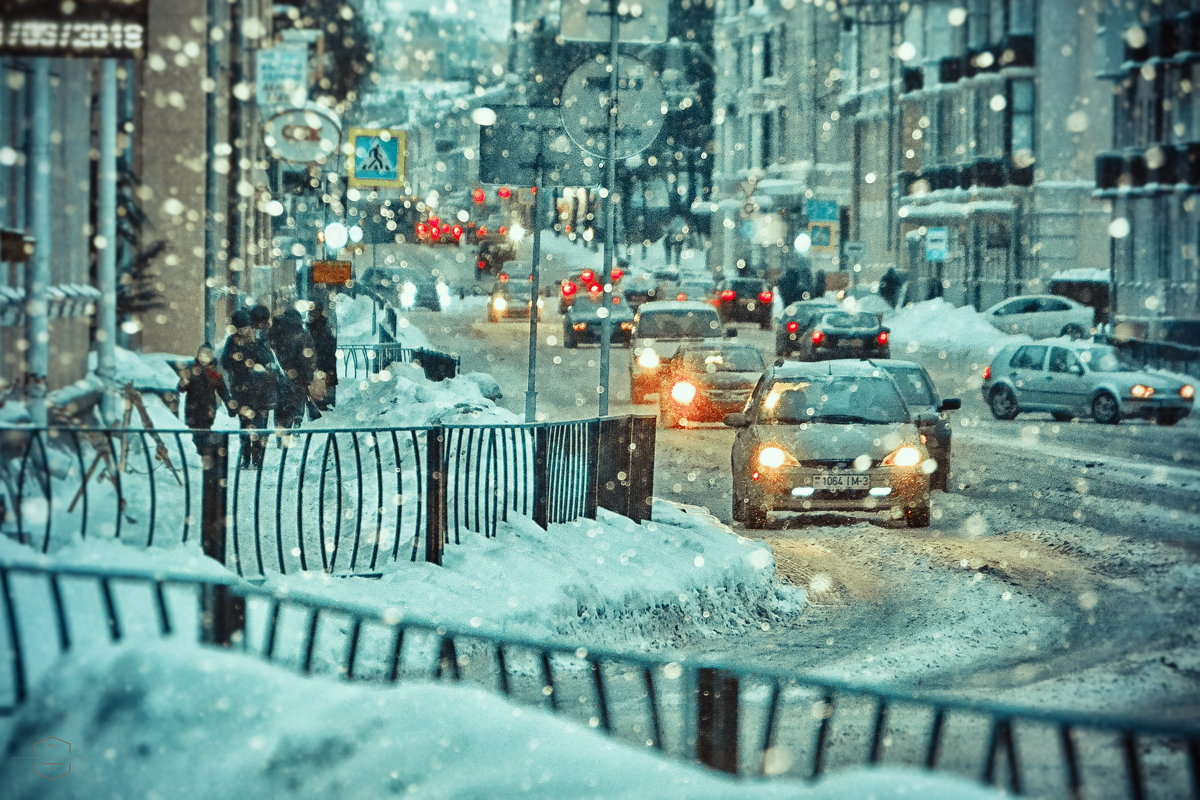
Snow flurries occur when tiny ice crystals, also known as snowflakes, form in the atmosphere under specific conditions. Snowflakes develop when moisture in the air freezes, typically at temperatures below the freezing point (32°F or 0°C). When the air is cold enough and there is enough moisture present, snowflakes begin to form and fall toward the ground.
However, snow flurries occur under certain meteorological conditions that distinguish them from heavier snowfall events. The primary factors that contribute to the development of snow flurries include:
- Cold Air: For snow to form, the temperature must be below freezing. Cold air acts as a crucial element in the process of snowflake formation. Flurries are common in winter months when temperatures consistently stay below 32°F (0°C).
- Moisture in the Atmosphere: While flurries are lighter than a snowstorm, there still needs to be enough moisture in the atmosphere for snowflakes to form. If the air is too dry, the snowflakes will not develop, and flurries won’t occur.
- Light Winds: Flurries are often driven by light winds that move the snowflakes through the air. Wind speeds of around 5 to 10 miles per hour (8 to 16 km/h) can lift and distribute the snowflakes, causing them to fall in a flurry.
- No Significant Low-Pressure System: A low-pressure system typically brings more organized and heavier snowfall. In the case of a snow flurry, there is no significant low-pressure system to concentrate the snowfall, which is why the flurry remains light and sporadic.
These conditions combine to create a snow flurry: small snowflakes that fall from the sky in an irregular manner, producing a temporary but magical atmosphere. The unpredictability of when and where snow flurries occur adds to their charm.
How Snow Flurries Differ from Other Snow Events
While snow flurries are light and brief, they are often confused with other types of snowfall. Understanding how snow flurries differ from heavier snowfall events is important in appreciating the subtlety of this weather phenomenon.
- Snow Showers: Snow showers involve periods of moderate to heavy snowfall, and they typically last longer than flurries. During a snow shower, snowflakes fall more steadily, and accumulation on the ground is more substantial. Snow showers may occur intermittently or persist for longer periods, while flurries tend to be more sporadic and short-lived.
- Snowstorms: A snowstorm is a more intense event, with heavy snowfall accompanied by strong winds, low visibility, and potential disruptions to daily life. Snowstorms can result in significant accumulation and dangerous travel conditions. In contrast, a snow flurry produces minimal accumulation and is unlikely to cause any disruptions.
- Blizzards: Blizzards are extreme snow events characterized by heavy snowfall, winds exceeding 35 miles per hour (56 km/h), and reduced visibility. Blizzards are dangerous and often cause widespread power outages and transportation issues. In contrast, flurries are mild and don’t come with the severity associated with blizzards.
- Sleet and Freezing Rain: While snow flurries consist of frozen snowflakes, sleet and freezing rain involve liquid precipitation that freezes upon contact with the ground or surfaces. These events can create dangerous icy conditions, whereas snow flurries are relatively harmless and typically don’t result in ice buildup.
Impact of Snow Flurries
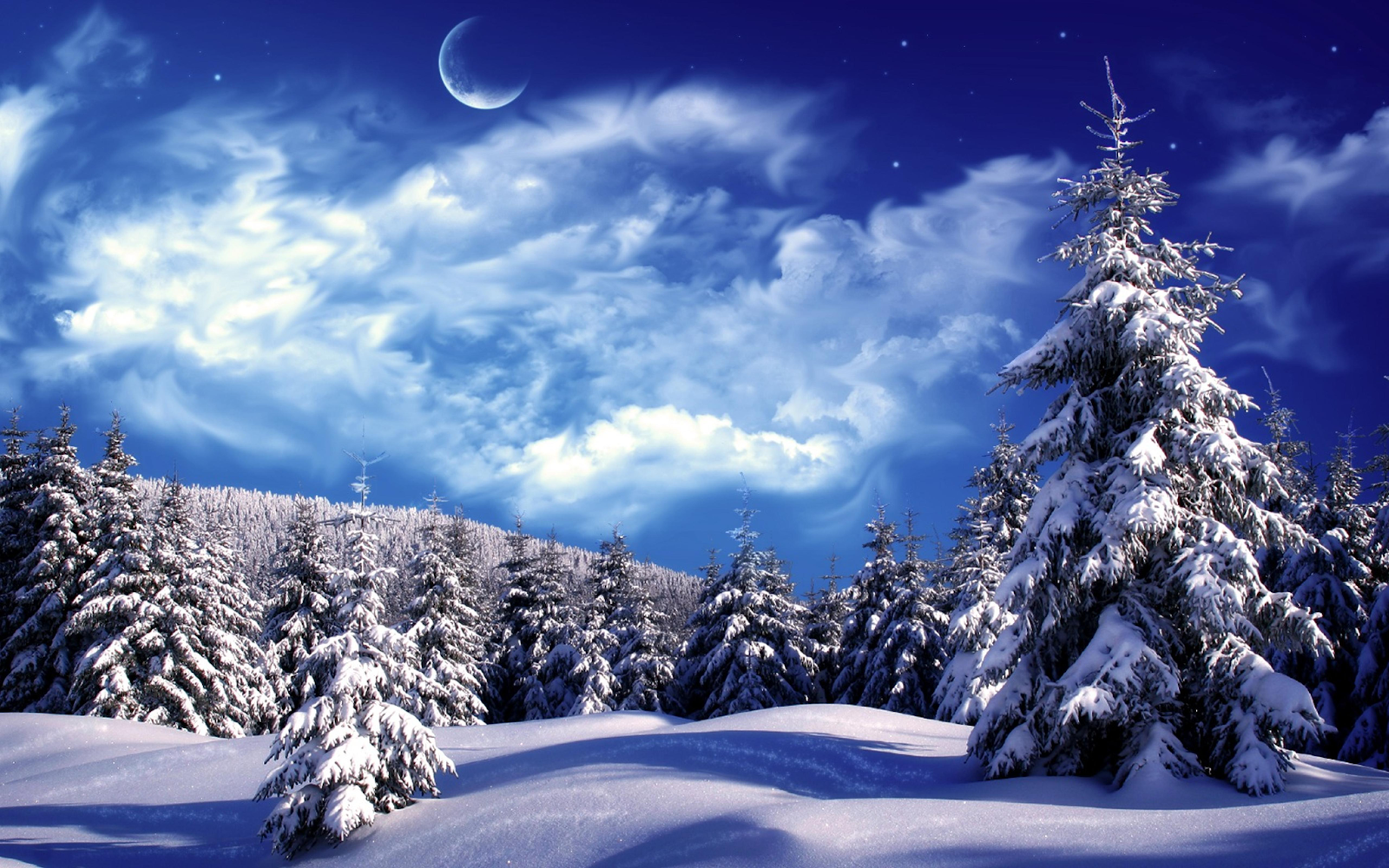
Though snow flurries may not bring significant accumulation, they still have an impact on the environment, mood, and activities of people living in cold climates. Here are some ways that snow flurries can affect life:
- Aesthetic Appeal: Snow flurries are a quintessential symbol of winter and are often associated with picturesque landscapes and cozy moments. The sight of snowflakes drifting through the air can be a serene and calming experience, creating a beautiful scene that many people enjoy watching, whether from inside their homes or outside.
- Mood and Atmosphere: Snow flurries have a psychological effect on people, evoking feelings of nostalgia, warmth, and wonder. For many, seeing a snow flurry can bring back memories of childhood snow days, holidays, and family gatherings. The soft and gentle nature of flurries can create a peaceful ambiance that encourages relaxation and reflection.
- Transportation: While snow flurries usually don’t cause significant disruptions, they can still impact transportation. A sudden burst of flurries can reduce visibility for drivers, leading to slippery roads and potentially hazardous conditions, especially if the flurries continue for a longer period. Drivers and pedestrians should still take care in snowy conditions, even if the snow is light.
- Ecological Impact: Snowfall, even in the form of flurries, has an ecological impact. It provides essential moisture to plants, trees, and soil, particularly in regions that rely on snowmelt to replenish water sources. Additionally, snow can act as insulation for animals during the winter months, helping regulate temperature and protect against extreme cold.
Cultural Significance of Snow Flurries
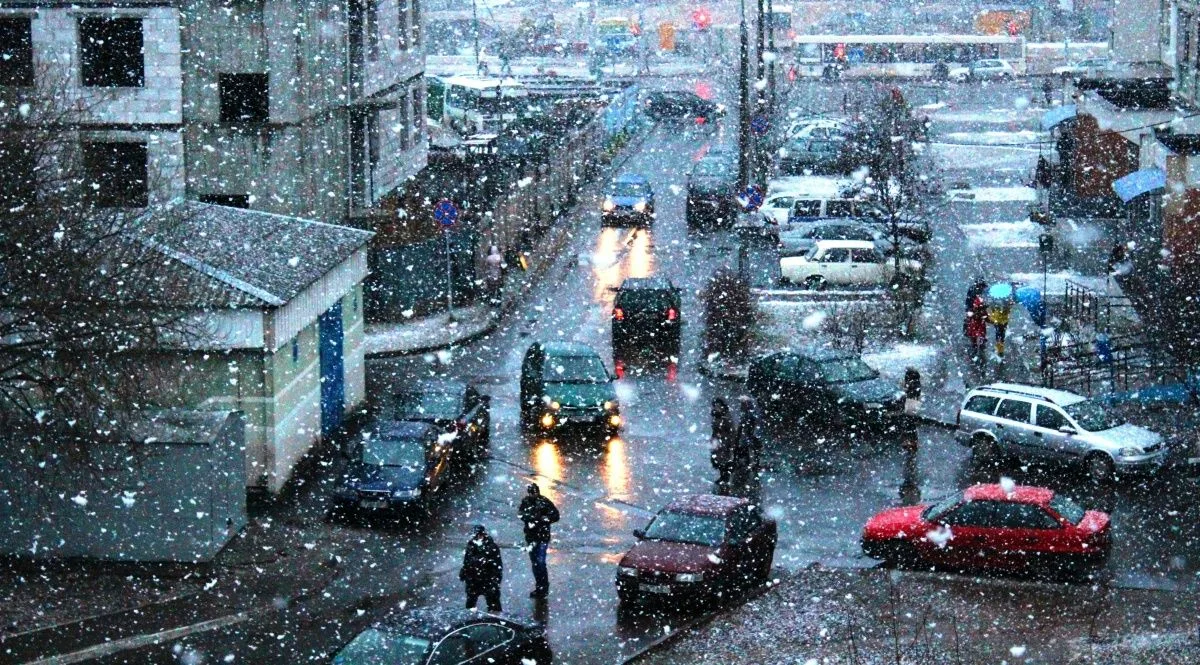
Throughout history, snow and snowflakes have had symbolic meaning in various cultures. In literature, art, and folklore, snow often represents purity, tranquility, and change. Snow flurries, with their fleeting and delicate nature, are often celebrated in poetry, songs, and winter festivals as symbols of the beauty and impermanence of life.
For many people living in regions with cold winters, the first snow flurry of the season is a sign of the holiday season’s arrival, bringing with it festive cheer, family gatherings, and outdoor activities such as ice skating, sledding, and skiing. Snow flurries are often a precursor to the winter season, marking a transition from fall to winter in a way that is embraced with both excitement and anticipation.
Conclusion:
A snow flurry may be brief, but its beauty and significance are far-reaching. These light, delicate snowflakes are more than just a weather event—they are a reminder of nature’s artistry, the changing seasons, and the magic of winter. Whether you’re watching them fall gently from the sky or simply appreciating their aesthetic value, snow flurries bring joy and wonder, transforming the ordinary into the extraordinary, even if only for a moment. As winter approaches and the air grows colder, a snow flurry is a gentle invitation to embrace the season’s magic and appreciate the natural beauty that surrounds us.

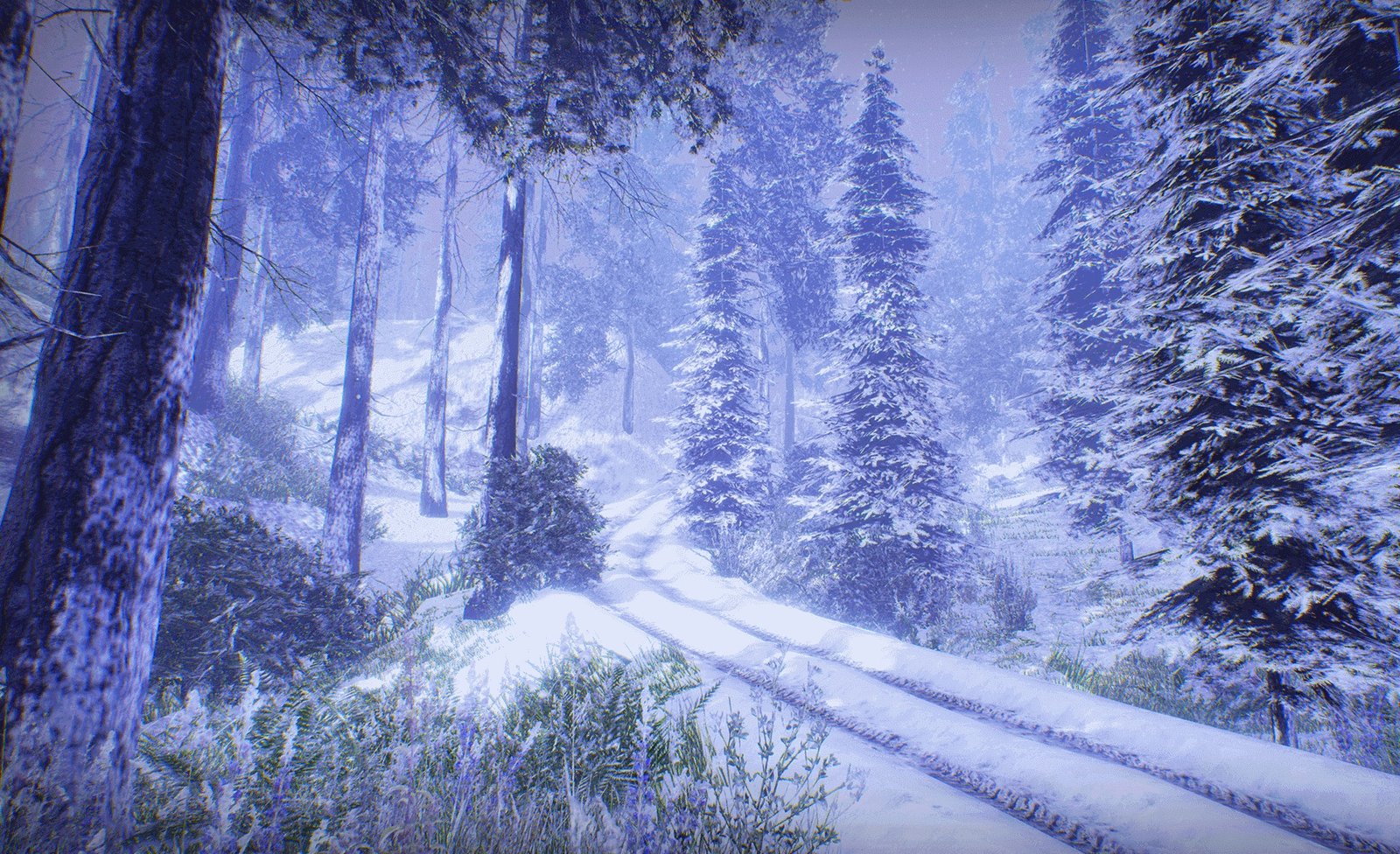






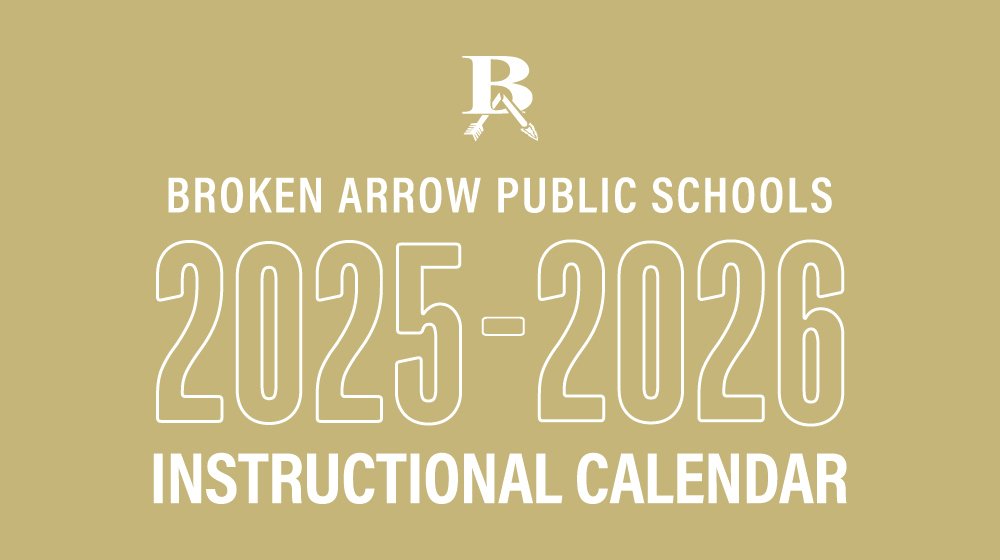
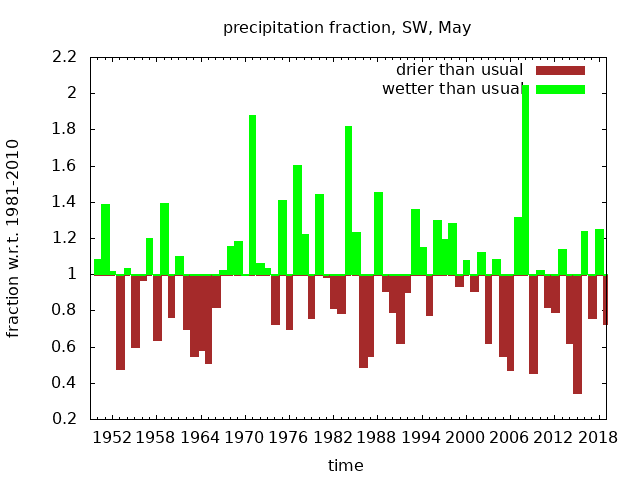

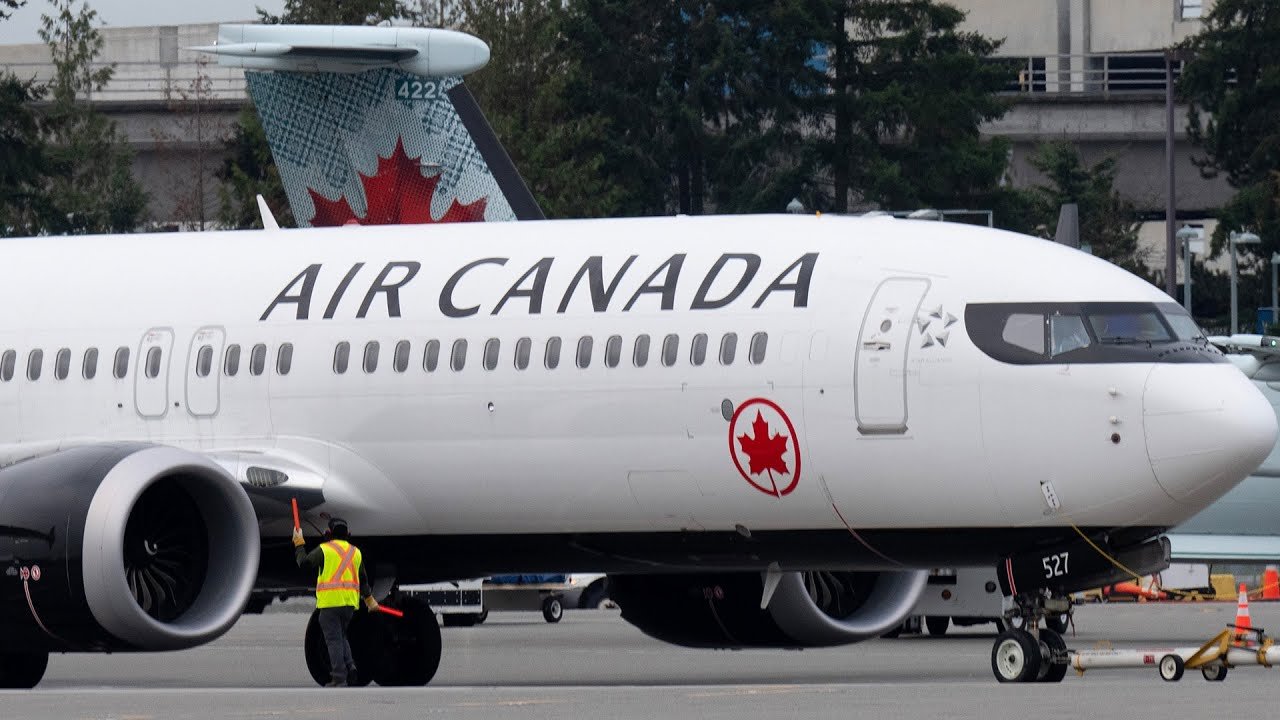

Leave a Reply